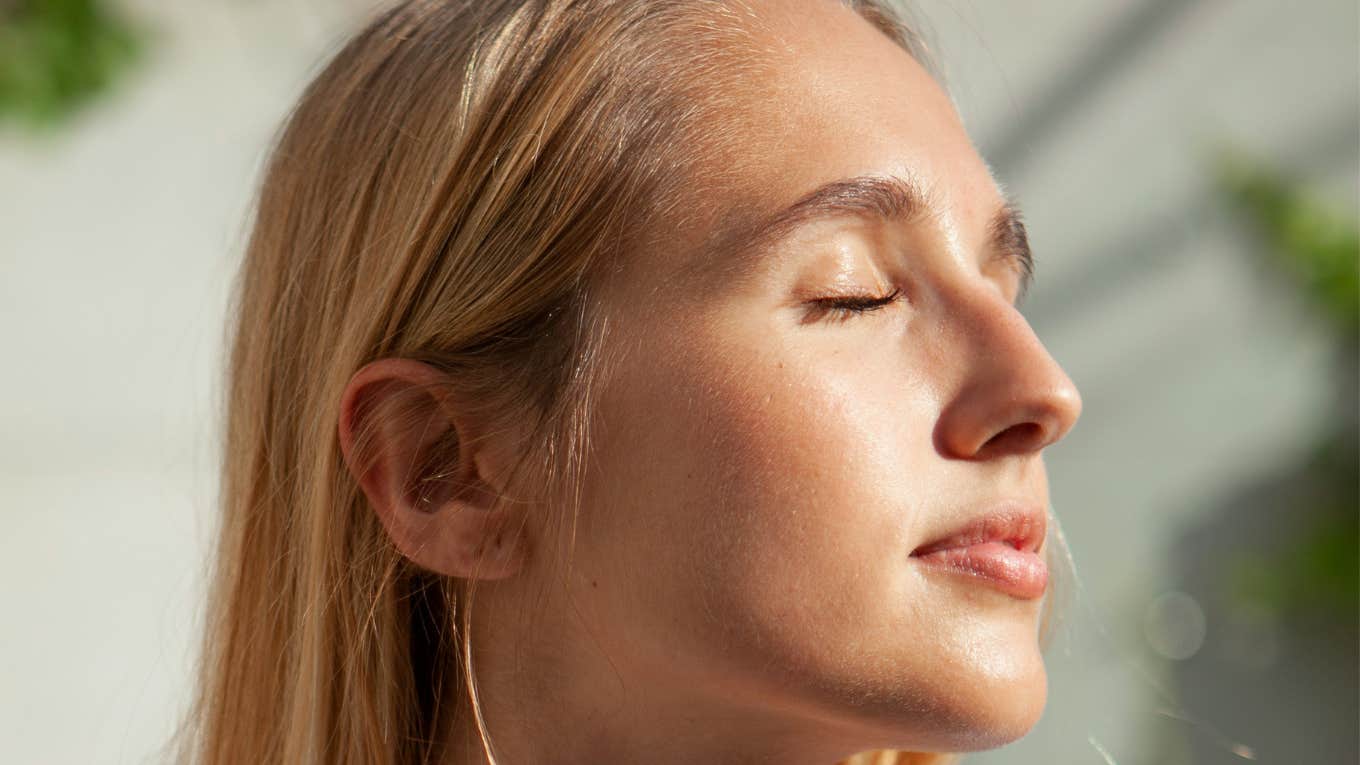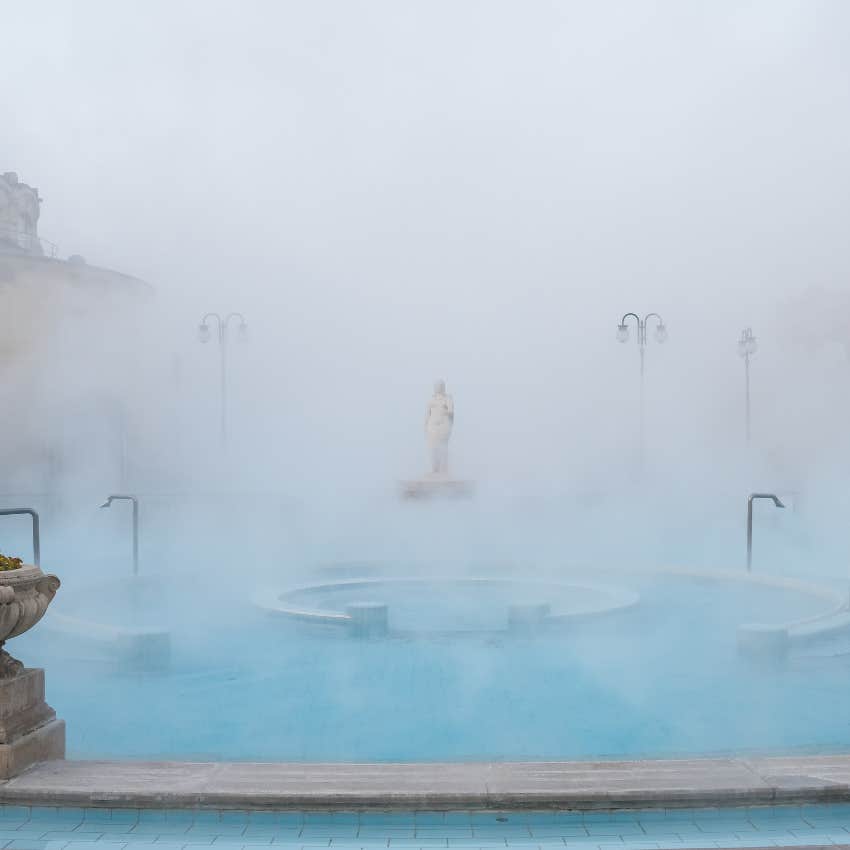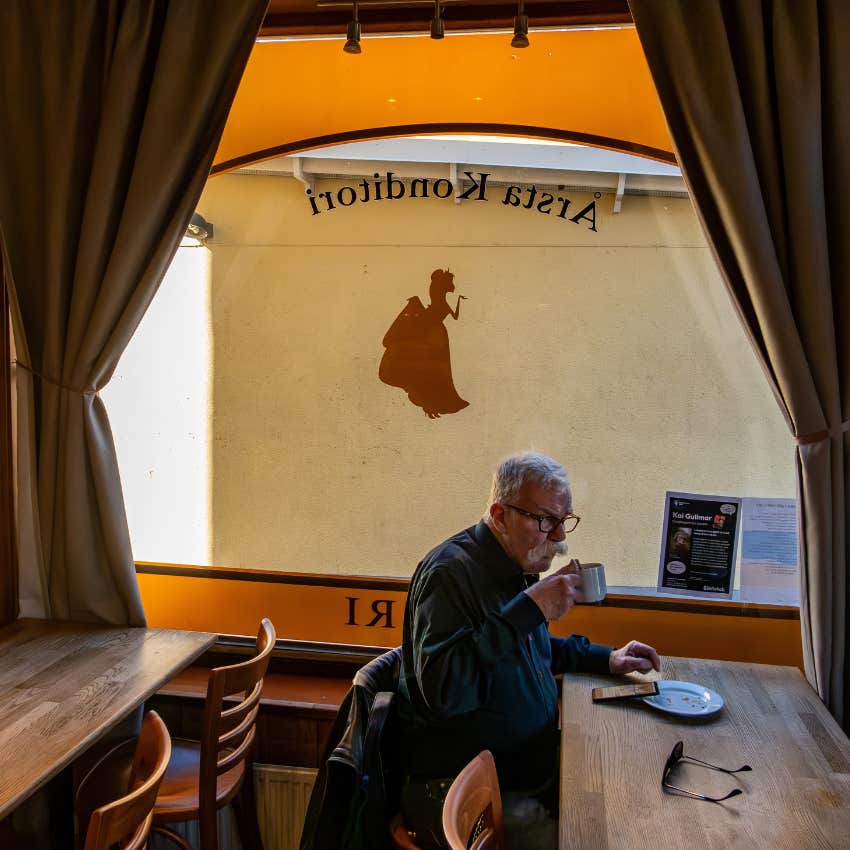Steal These 5 Self-Care Secrets From Cultures Around The World That Know How To Relax
How the rest of the world calms down.
 Startvisuals | Unsplash
Startvisuals | Unsplash At its simplest definition, self-care means finding out what makes you feel well and doing something about that, guilt-free. In our fast-paced, always-connected world, the quest for inner peace and true relaxation can feel like chasing the horizon, always out of reach.
In the Western world and on a personal level, self-care needs to evolve a bit more to transform perceptions of beauty, outside and inside, while integrating wellness into a vital practice of self-love. Look at what self-care looks like around the world for inspiration.
Steal these five self-care secrets from cultures around the world that know how to relax:
1. Hygge in Scandinavia
In Scandinavian countries, such as Denmark, creating an intimate and warm atmosphere is essential to your well-being. Scandinavians are experts on staying warm in the cold, and understandably, they take the meaning deeper.
“Hygge,” pronounced “hooga,” stems from an old Norwegian word for well-being, and as a practice, hygge is about enjoying warmth and goodness in life among others. Hygge is a sensation and an experience of sitting around a fire or sipping a simple cup of tea, as joy stretches your expression into a laugh with a child’s joke. It comes in the simple moments of enjoying the company of others or the company of oneself.
2. Hungarian Hot Baths
 Mazur Travel / Shutterstock
Mazur Travel / Shutterstock
In Hungary, the people rely on gyógyfürdő, or hot baths, to resolve various needs in daily life. For example, you might take a hot dip, try to cure a hangover after bar hopping.
The hot baths have health benefits similar to exercise, and the waters contain healing minerals like sodium, calcium, magnesium, fluoride, hydrocarbonate, metaboric acid, and sulphite. Interestingly, these minerals provide health benefits for the body, such as lowering blood pressure. Hungarians benefit socially, too, as they sit for hours and catch up — the women chat, and the men play chess.
3. Onsen in Japan
Gender-separate, communal hot baths are also popular in Japan, but the healing aspect is more social and spiritual. Onsen refers to the natural hot springs where women come for their whole lives to socialize and recharge, while those in the cities go to sentō to bathe indoors.
To be courteous, you must shower first at an onsen or sentō, as going into the bath dirty is a faux pas. It is a social ritual, after all. To maintain the peace, keep your voice low, and attempt to cover tattoos since they’re still a little taboo.
4. Fika in Sweden
 Alexanderstock23 / Shutterstock
Alexanderstock23 / Shutterstock
Coffee is a major part of most American work lifestyles as your get-up-and-go juice. Sweden has a similar love for coffee, but there is a traditional coffee break that the Swedish participate in called “Fika,” typically taken during the daytime.
Fika is both a verb and a noun, and a prominent social institution engaged in by family, friends, dates, and colleagues. It’s just a part of Swedish daily life, but everyone else used to the hustle and bustle needs to learn the concept of slowing down during a break, which is what fika is all about.
What if you set aside a particular time frame daily where you checked in with yourself? What if you practiced mindfulness over a cup of coffee or tea? It’s a small ritual of beauty for yourself — plus, there’s coffee!
5. Ayurvedic Oils in India
Though Western beauty products swept through India in the 90s, natural oils and herbs of ancient Ayurvedic tradition remain an intrinsic part of self-care rituals. Mothers rub oils in the hair of their daughters, and regular massages with oils are a normal part of wellness in the family. Oils may be coconut, sesame, or olive, among others, with or without Ayurvedic herbs.
Though aging presents its cultural and personal challenges, natural beauty practices remain an inherent part of self-care. Look closely at your own beauty rituals and coping mechanisms you use to move through the day. How many of those are true self-care?
Take inspiration from these self-care rituals from around the world and implement aspects of them in your own wellness practices — whether that’s to take a moment to pause, nurture your hair, or connect with a friend. Get back to beautiful.
Kacey Bradley is a blogger and freelance writer. Along with writing for her blog, she has written for sites like U.S. News, SUCCESS, Guides for Brides, and Hotel Online.

